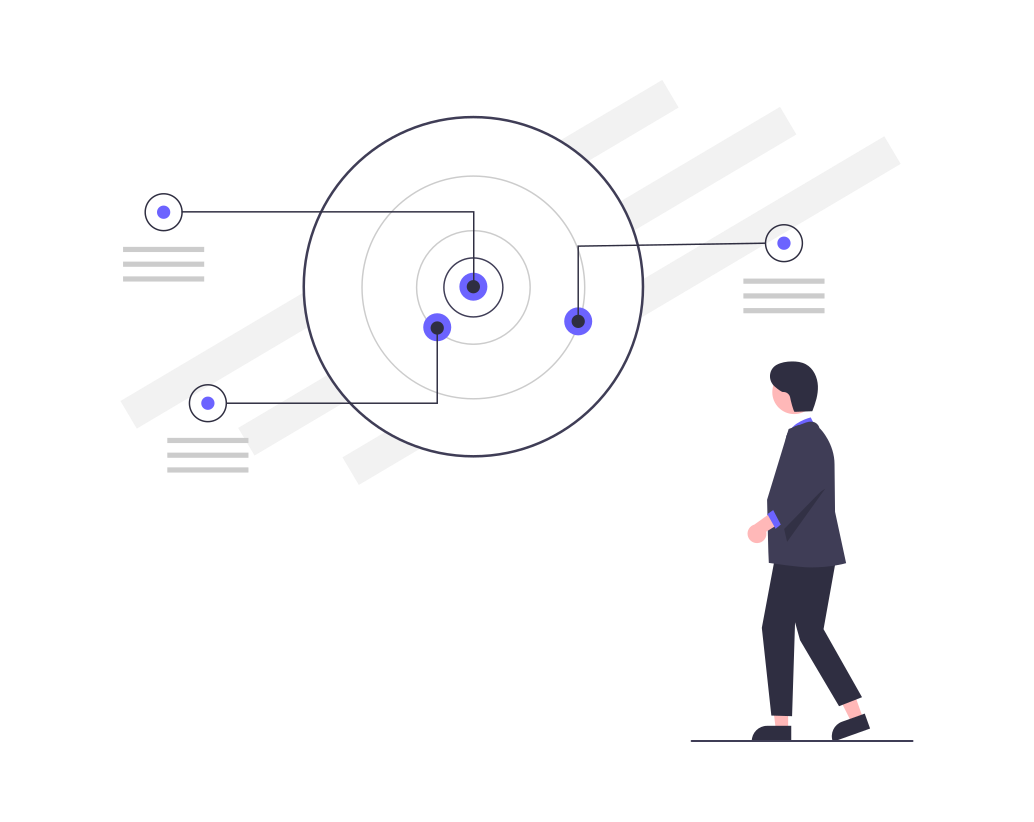In today's competitive market, understanding consumers' actions and patterns is paramount for businesses aiming to optimize their marketing strategies. Behavioral segmentation, a powerful tool in the marketer’s toolkit, involves dividing a market based on consumers' behaviors, such as their buying habits, usage rate, and brand loyalty. This approach provides invaluable insights into how consumers interact with products and services, enabling businesses to tailor their strategies more effectively.
What is Behavioral Segmentation?
Behavioral segmentation focuses on the observable actions of consumers. It categorizes customers based on their interaction with a brand, including their purchasing behavior, product usage, and engagement levels. This method moves beyond demographic and psychographic data to offer a more dynamic understanding of the consumer journey.
Core Components of Behavioral Segmentation
1. Purchase Behavior
- Occasion-Based Purchases: Consumers often buy products for specific occasions or events, such as holidays, birthdays, or seasonal needs. Understanding these patterns allows businesses to create targeted promotions that align with these occasions.
- Regular vs. One-Time Purchases: Analyzing whether a consumer makes repeat purchases or one-time buys helps in tailoring marketing messages. Regular purchasers might benefit from loyalty programs, while one-time buyers could be enticed with special offers.
2. Usage Rate
- Heavy Users: These are consumers who frequently use a product or service. Tailored marketing efforts can reinforce brand loyalty and encourage continued usage.
- Light Users: Light users interact with a product less frequently. Marketing strategies might focus on increasing their engagement and usage rates.
3. Loyalty Status
- Brand Loyalists: Customers who consistently choose a particular brand can be targeted with exclusive rewards and personalized communication to reinforce their loyalty.
- Switchers: These consumers are not loyal to any brand and often switch based on price or availability. Marketing efforts might focus on competitive pricing and unique selling propositions to retain these customers.
4. Benefits Sought
- Quality Seekers: Some consumers prioritize quality over price. Marketing messages highlighting the superior quality and features of a product can attract this segment.
- Price Sensitive: Price-sensitive consumers look for the best deals and discounts. Promotions, sales events, and value propositions are effective in targeting this group.
Advantages of Behavioral Segmentation
1. Precision Targeting
Behavioral segmentation allows businesses to target their audience with precision, ensuring that marketing messages resonate with the specific needs and behaviors of different consumer groups.
2. Enhanced Customer Experience
By understanding and addressing the unique behaviors of consumers, businesses can create personalized experiences that enhance customer satisfaction and loyalty.
3. Increased Efficiency
Marketing resources are allocated more efficiently by focusing on consumer segments that are most likely to convert, leading to a higher return on investment (ROI).
4. Competitive Edge
Businesses that leverage behavioral insights can stay ahead of competitors by anticipating and meeting the evolving needs of their customers.
Steps to Implement Behavioral Segmentation
1. Data Collection
Gather data on consumer behavior through various channels such as website analytics, purchase history, and customer feedback.
2. Identify Key Behaviors
Identify the key behaviors that differentiate your customers. This could include purchase frequency, product preferences, and engagement levels.
3. Segment Your Audience
Divide your audience into distinct segments based on the identified behaviors. Each segment should represent a group with similar behavioral patterns.
4. Develop Targeted Strategies
Create marketing strategies tailored to each segment. This could involve personalized communication, targeted promotions, and customized product offerings.
5. Monitor and Adjust
Continuously monitor the effectiveness of your segmented marketing campaigns. Use data analytics to track performance and make adjustments as needed to optimize results.
Conclusion
Behavioral segmentation is a strategic approach that enables businesses to understand and cater to the specific actions and preferences of their consumers. By focusing on observable behaviors, companies can create highly targeted marketing campaigns that drive engagement, loyalty, and conversions. Embrace behavioral segmentation to unlock deeper consumer insights and elevate your marketing effectiveness.


